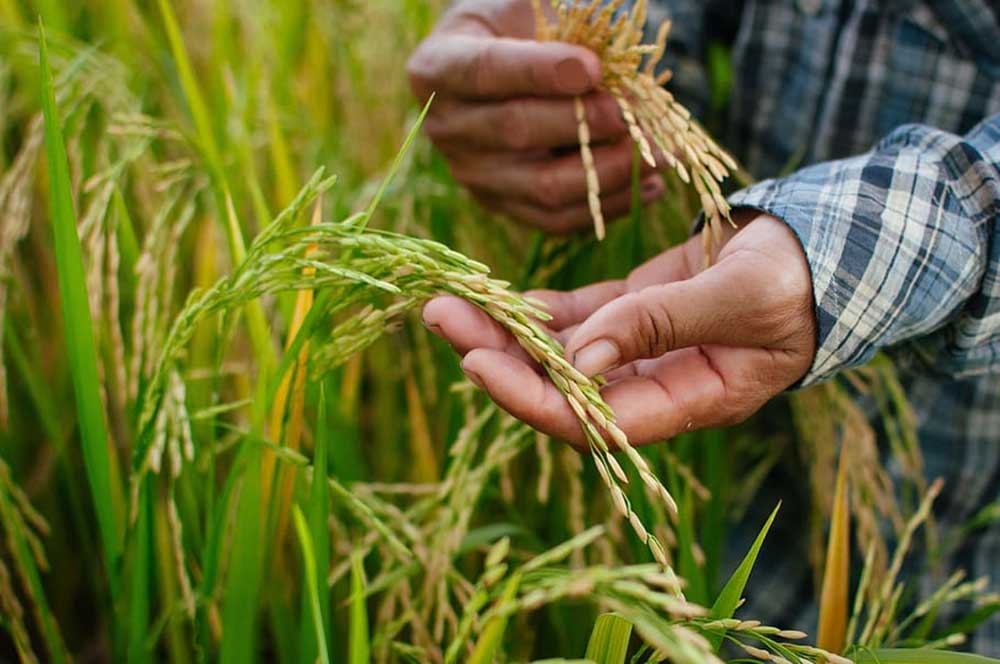The Department of Agriculture (DA) is recalibrating the Masagana Rice Industry Development Program to identify areas for enhancement, such as better distribution of improved seeds, expansion of irrigation systems and adjustments to rice cropping schedules.
The program, which was started by the previous DA secretary, aims to meet self-sufficiency goals, increase farmers’ incomes, lower consumer prices and potentially restore the country’s status as an exporter of rice.
The program covers the production of better rice seeds, optimization of the utilization of fertilizers and development of a logistics network to bring harvests to market and inputs to farms more efficiently and cost-effectively.
DA Secretary Francisco Tiu Laurel Jr. expressed optimism that given the right inputs and technologies, rice yield could be increased to 7.5 metric tons (MT) per hectare equivalent to 150 pieces of 50 kg bags in targeted program areas or even higher in the ideal ecosystem.
If successful, the program could propel annual palay production beyond 25 million MT from only 3.39 million hectares of irrigated farmlands, the DA said.
The agency said current national averages indicate yields of approximately 84 sacks per hectare even if the Philippines last year harvested a record-breaking 20.06 million MT of palay across 4.82 million hectares of rice fields.
The DA added the average per hectare yield of palay in irrigated areas is 4.51 MT and for non-irrigated areas, 3.34 MT. This puts the national average at 4.17 MT.
The agency said the average palay yield per hectare was 3.89 MT in 2013 and improved to 3.97 MT in 2018, the year before the Rice Tariffication Law was enacted.
“After decades of neglect, we must adopt a more scientific approach to farming to boost output and manage costs effectively,” said Tiu Laurel.
Tiu Laurel also highlighted the need for sustained investments, strategic planning and technological advancements to achieve the goal of improved local rice production.
“As we move forward, our aim is not just to increase productivity but also to ensure sustainability and resilience (of) our agricultural sector… With increased production, farmers will enjoy gains from their labor while consumers should enjoy lower food prices,” Tiu Laurel said.





